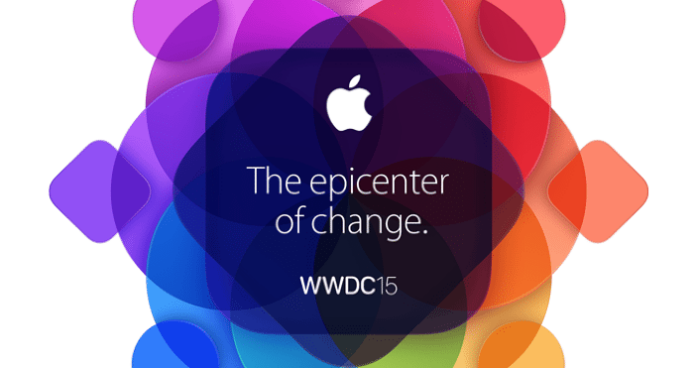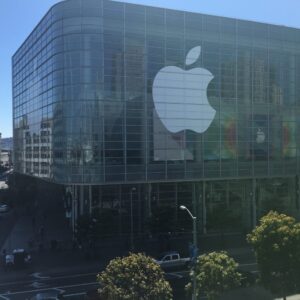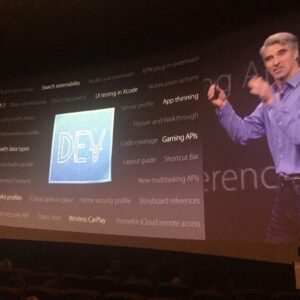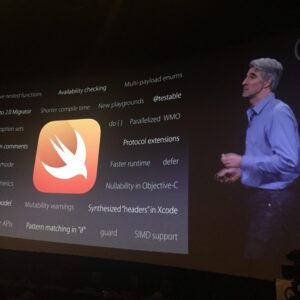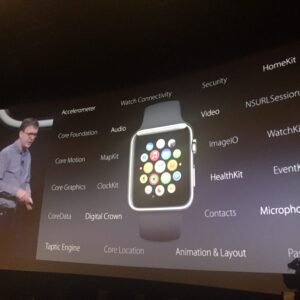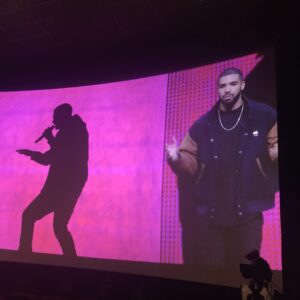SAN FRANCISCO – Today at the Apple Worldwide Developers Conference, the company announced a number of updates to its software products and revealed Apple Music, a new service that combines streaming music, a new Internet radio service and a social component for artists. Here’s a rundown of what the company announced.
Mac OS X El Capitan
Named for a majestic spot in Yosemite, Apple’s new desktop system El Capitan focuses on experience and performance. Spotlight is now more expressive, and can accept natural language queries such as “show my photos from our trip to Thailand last year.” A number of window management improvements are coming to OS X, including improvements to full-screen mode and a way to divide the screen into two sections between applications.
Safari adds a few welcome items, like the ability to “pin” sites for easy access. Something that got quite a bit of reaction was a global button to mute audio in whatever background tab might be playing audio.
Notes also saw a lot of attention, with URL previews, checklists, support for more text formatting and photos now able to be embedded in notes. These features are also coming to iOS, and everything is of course synced via iCloud. The ability to draw in Notes was added to iOS as well.
Apple focused performance gains around the implementation of Metal for Mac. Last year’s WWDC saw the introduction of Metal for iOS, which is a way to code graphics as close to the hardware level as possible, yielding faster, better graphics. On the Mac, the company said all applications will benefit from this, but especially games. Hooks into core frameworks will speed up everything from opening a PDF to playing a game with lots of action on the screen. Specifically, Apple claims a 10 times performance boost for games over OpenGL and previous methods.
iOS 9
One of the more impressive demos revolved around Siri’s new contextual and “proactive assistant” implementations. Much as Google announced at IO, Siri will be able to understand context better, so when a user says “remind me of this” Siri will remind them of whatever e-mail, Web page, or what have you with a link back to that item.
A low power mode will provide up to three more hours of battery to users in iOS 9 by switching off services not essential to making calls and messaging.
For developers, iOS 9 will allow search to hard link to data within apps. It remains to be seen how the nuances of data within various apps will work, but the demos were impressive. The keynote can be viewed in full here.
While Siri adds a new look, it is also becoming more like Google Now, except Apple continues to drive home the fact that it does not peer into your data — everything iOS 9 does that is contextual is done on the device. For example, if you get a meeting request, iOS will add it to your calendar and even calculate travel time. That information is not shared with Apple, however. Even user behaviors are learned, so if you tend to go running and play music, once you start running the Music app will launch on the lock screen. It was an impressive demo, but we’ll have to see how it works in the real world.
Apple said iOS 9 will be available in the fall and that it has figured out a way to decrease the update size down to 1.3 GB, far smaller than the iOS 8 update. Also, every device supported by iOS 8 will be supported by iOS 9, although real-world performance for older devices is an open-ended question until it rolls out.
The iPad gets some new tricks under iOS 9, including the ability to become a trackpad within apps by using two fingers, spilt screen view and a slide-in view for multitasking. There’s also a picture-in-picture feature, although developers will have to implement this for it to work properly. Unfortunately Split View is only supported by the iPad Air 2 and PIP is not supported by older iPads.
Apple blazed through slides showing a few dozen or more new tools for developers, touching on HealthKit, HomeKit and CarPlay, all becoming more accessible to developers while adding features. Perhaps most tantalizing is that CarPlay will no longer need to have a tethered phone, and will work wirelessly.
Swift goes open source
Speaking of developers, possibly the biggest reaction of the day was that Swift’s latest version, 2, will be open source. That’s a huge shift for Apple and we’ll keep an eye on implementation and what it means for the Apple ecosystem.
Apple touted apps in general, noting 100 billion apps have now been downloaded, and the average user has over 100 on their device.
Apple Pay is expanding to the U.K., with more retailers supporting it on Day One than in the U.S. during its launch. Of particular note was support for mass transit, something even San Francisco doesn’t currently support. Square will release an Apple Pay compatible reader this year as well.
Because Apple Pay also will collect your rewards cards, Apple saw fit to rebrand Passbook as Wallet. With 50 million cardmembers coming online via all the major credit card companies supporting Apple Pay and support for 2,500 banks, it seems Apple is moving forward with its attempt to replace your wallet.
Maps finally added mass-transit support, but Apple added underground maps of stations, with multimodal support so it will calculate time to walk between platforms, or if you take a bus, then train, then walk. Support will be for a select group of cities at first, but the company mentioned supporting over 300 cities, several of which are in China.
Apple made a big to-do about News, a new app that uses machine learning to serve up relevant content – again, all of this is supposedly anonymized so the company can’t see your habits. The app looked a lot like Pinboard, but given the low usage of its Newsstand app, it remains to be seen if consumers will flock to yet another news aggregator.
Apple Watch wants to change the world
Of course the keynote would have been remiss without noting the Apple Watch, and as expected Apple announced native apps will soon debut on the latest wearable platform. Instead of needing an iPhone for the logic, with watchOS 2, developers will be able to run that logic directly on the Watch. Additionally, if the iPhone and Watch are too far away for Bluetooth, the Watch will fall back to local Wi-Fi.
There were numerous enhancements to the Watch, including:
- New customizable watch faces;
- Time Travel, a way to go into the future to see what your schedule looks like;
- Nightstand mode, which turns the watch into a desk clock when charging;
- FaceTime audio support;
- The ability to reply to e-mails;
- Siri can start workouts;
- HomeKit support with natural language input; and
- Transit support.
Plus, developers will now have access to the Taptic Engine, the speaker and other I/O elements, including health data read by the Watch. Native apps are what helped make iOS so successful, and clearly Apple is betting the Watch will run a similar course.
What remains to be seen, however, is the impact on battery life with these apps pushing the Watch harder than ever.
Apple Music
Finally, Tim Cook veered the keynote into a classic “one more thing” when he unveiled the rumored Apple Music service. Jimmy Iovine and Drake had a lot to say about this new product, which combines streaming music, a new Internet radio experience and a social platform for established and new artists into one new Music app that extends all the features of the original Music app, plus a number of UI improvements.
Another shocker: Apple will also release Apple Music for Android. Just like iTunes for Windows, this will obviously help show users what an “Apple experience” is like.
The service will be $9.99 per month for one user but only $14.99 per month for up to six users. As Iovine said and others like Trent Reznor (in a video) repeated, Apple Music is intended to be “one complete thought around music” even though it is three distinct offerings in one app, all bolted into the existing Music app.
The meat and potatoes of WWDC continues this week, although most of those sessions are under NDA. Public betas of OS X and iOS 9 will be available in coming months, and I look forward to reporting on how they are shaping up.

